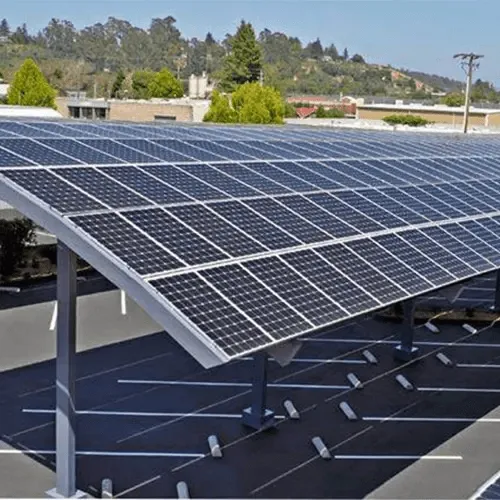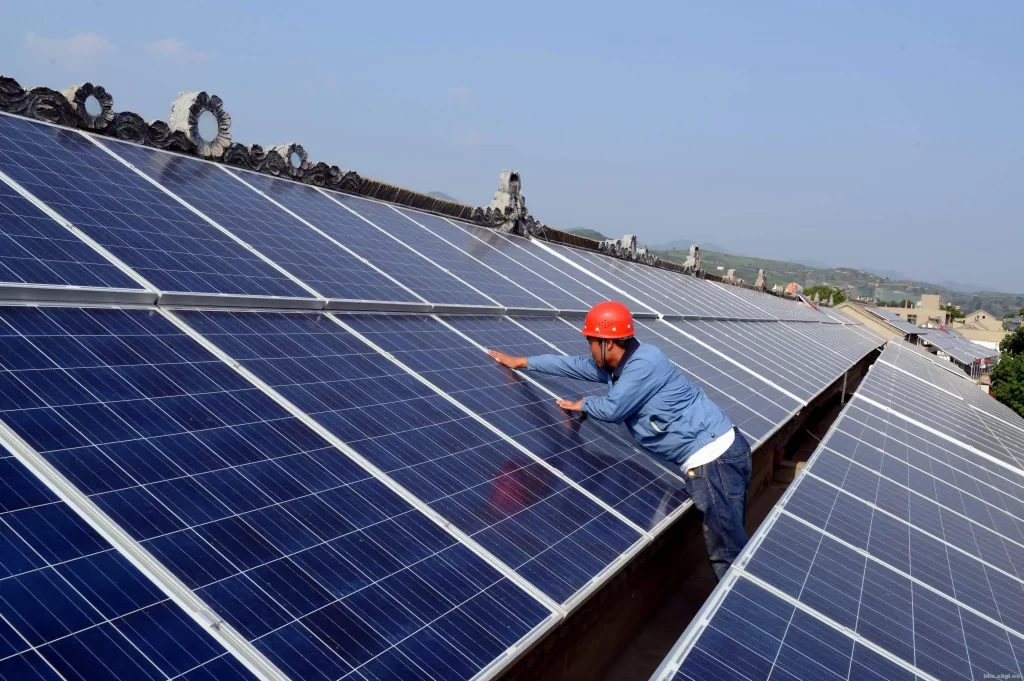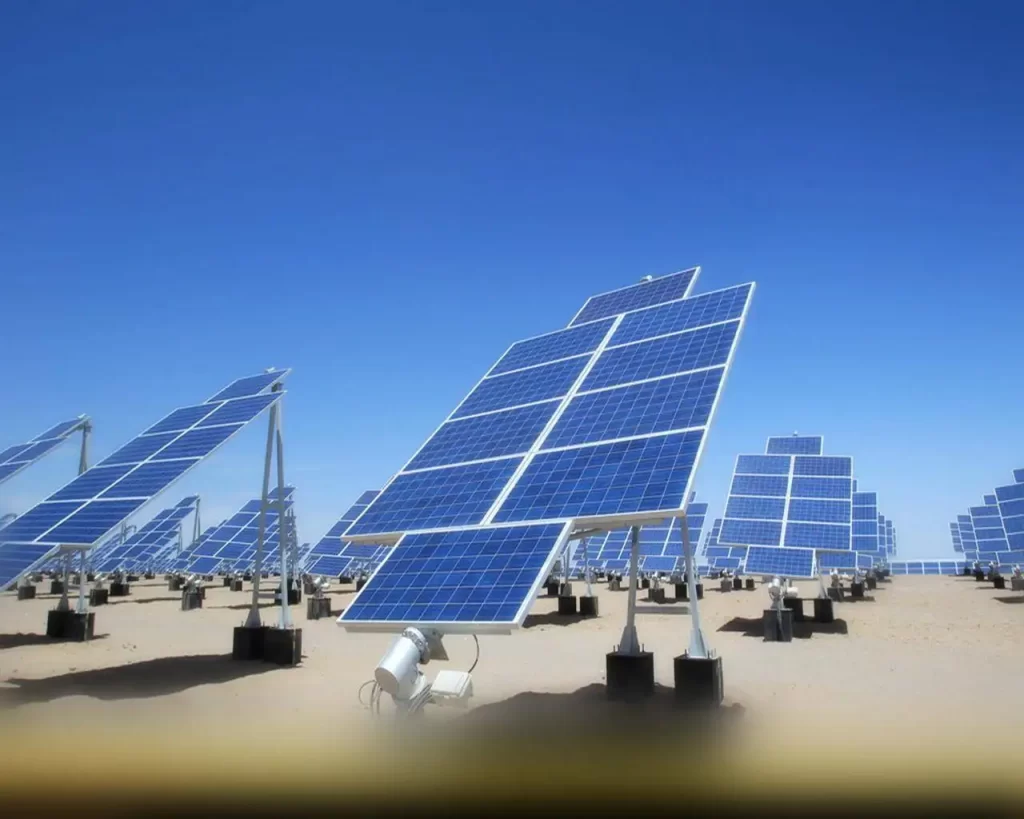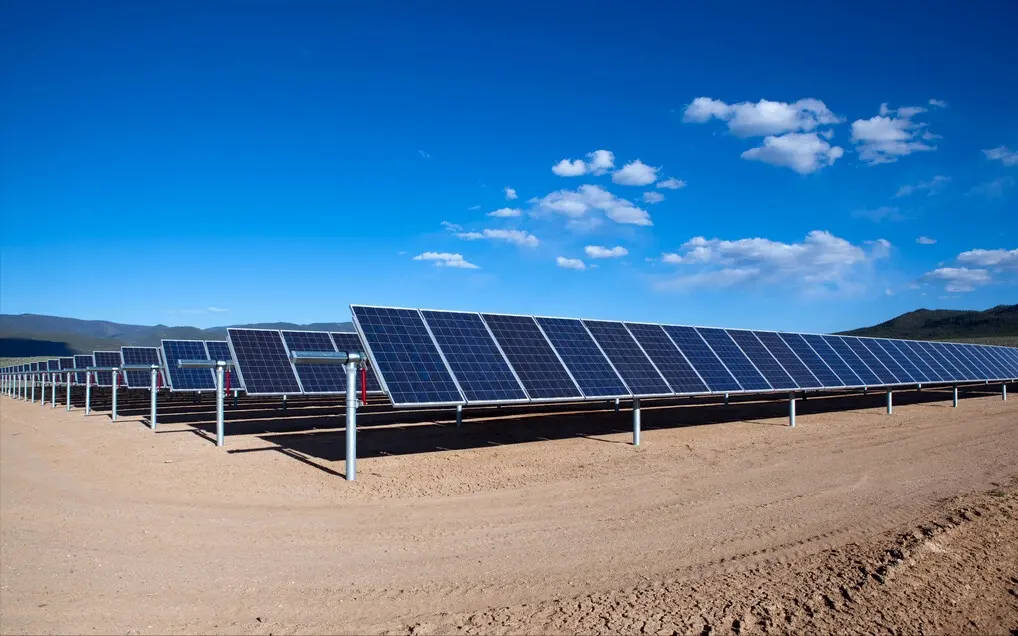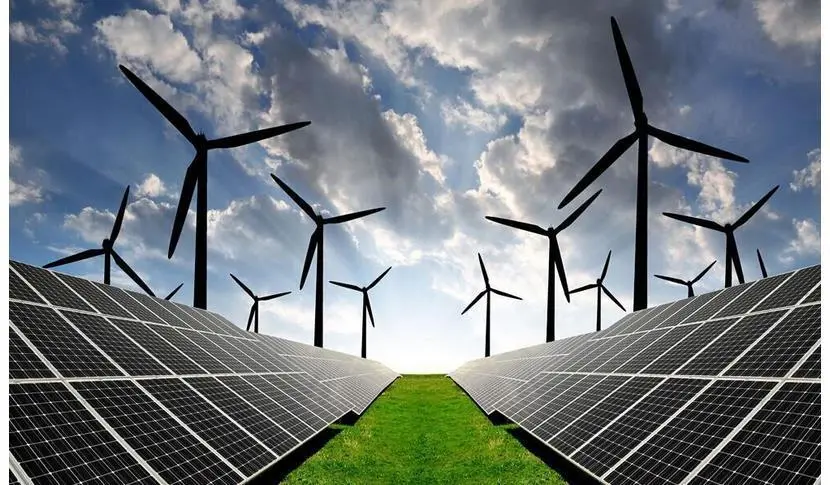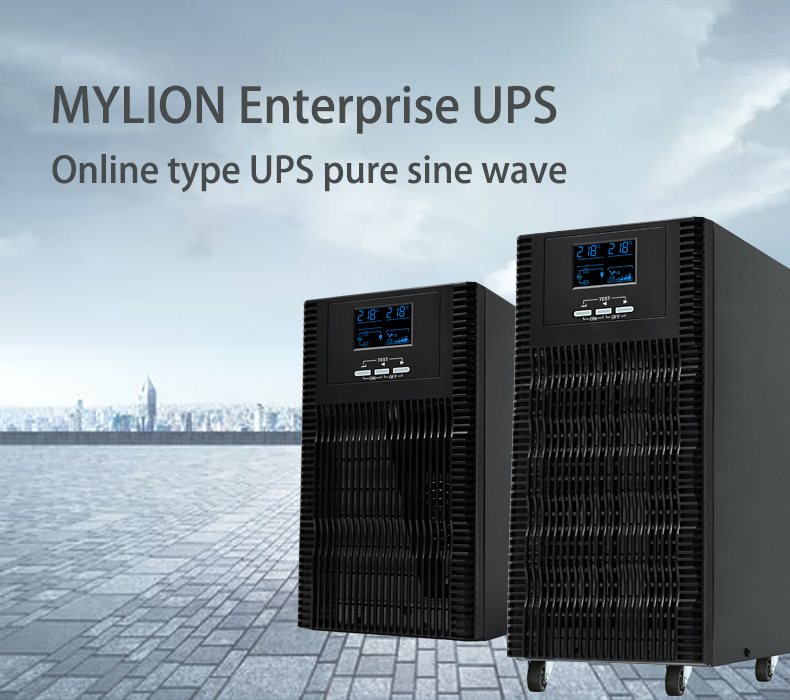The grid-connected photovoltaic power generation system can convert the DC power output by the solar cell array into AC power with the same amplitude, frequency and phase as the grid voltage, and realizes the connection with the grid and transmits electricity to the grid.
The flexibility of this power generation system lies in that when the sunshine is strong, the photovoltaic power generation system supplies the AC load with excess electric energy while feeding the power grid; and when the sunshine is insufficient, that is, the solar cell array cannot provide enough electric energy for the load, It can also obtain electrical energy from the grid to supply power to the load.
1. The structure of grid-connected photovoltaic power generation system
The solar photovoltaic power generation system connected to the public grid is called a grid-connected photovoltaic power generation system. The system structure includes solar cell arrays, DC/DC converters, DC/AC inverters, AC loads, transformers and other components.
The grid-connected photovoltaic power generation system can convert the DC power output by the solar cell array into AC power with the same amplitude, frequency and phase as the grid voltage, and realizes the connection with the grid and transmits electricity to the grid. The flexibility of this power generation system lies in that when the sunshine is strong, the photovoltaic power generation system supplies the AC load with excess electric energy while feeding the power grid; and when the sunshine is insufficient, that is, the solar cell array cannot provide enough electric energy for the load, It can also obtain electrical energy from the grid to supply power to the load.
In the past, due to the high cost of solar cells, photovoltaic power generation was mostly only used in some dedicated independent operating systems, such as aerospace, border defense islands or demonstration projects in remote areas. With the emergence of new photovoltaic materials, the continuous decline of product prices, the continuous improvement of conversion efficiency, the introduction of advanced power electronic devices, microprocessors and the application of advanced control strategies, all of which have led to the research and promotion of photovoltaic grid-connected technology. It is becoming possible day by day, and photovoltaic utilization is also gradually developing towards urban grid-connected photovoltaic power stations, residential photovoltaic building integration and low-power household photovoltaic grid-connected systems.
2. The form of grid-connected photovoltaic power generation system
The initial form of the combination of photovoltaics and buildings is to install a general solar cell array on the roof or balcony of the building, and equip it with a battery for independent power supply, or connect it in parallel with the public grid through the inverter controller and the output of the transformer to make the grid. Together with the photovoltaic array, it supplies power to the building.
The further form of the combination of photovoltaic and architecture is to integrate photovoltaic modules with building materials, and use special materials and process methods to make photovoltaic modules into roofs, exterior walls, windows and other components. In this way, photovoltaic modules can not only be used directly as building materials but also generate electricity, which further reduces the cost of electricity generation.
When the photovoltaic power generation system is combined with the building, it usually adopts the form of grid-connected power generation. Compared with the independent photovoltaic power generation system, this type of system has the following five outstanding advantages.
1. In rainy days or at night, the power grid is used to supply power to the load, so that the system does not need to be equipped with an energy storage device, which can not only reduce the cost of the system, but also eliminate the trouble of maintaining and replacing batteries, and increase the reliability of power supply;
2. The electric energy generated when there is sunshine can be supplied to the load in the building, and if there is excess, it can be fed back to the power grid;
3. In the grid-connected photovoltaic power generation system, it is not limited by the state of charge of the battery, and can access electricity to the grid at any time;
4. When designing the inclination angle of the solar cell array, the angle corresponding to the maximum amount of solar radiation that can be received throughout the year can be taken to maximize the power generation capacity of the solar cell array;
5. In summer, the intensity of solar radiation is high, and the solar cell array generates relatively more electricity. Summer is also the peak period of electricity consumption. The utilization rate of refrigeration equipment such as air conditioners is high, and the power consumption is large, which can play a role in the power grid. The role of peak shaving.

